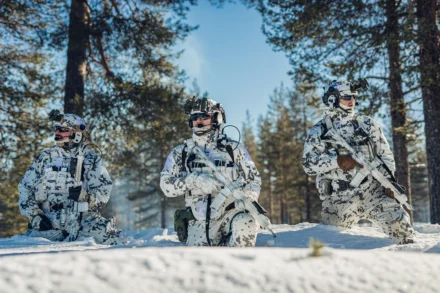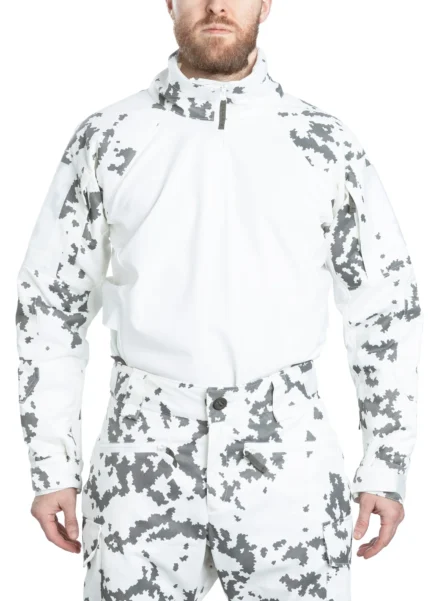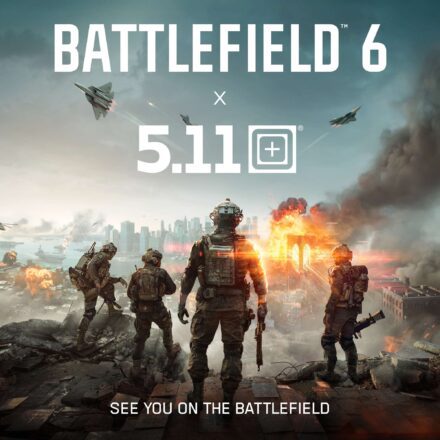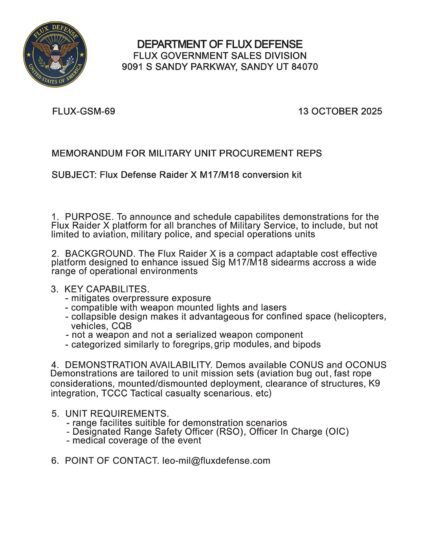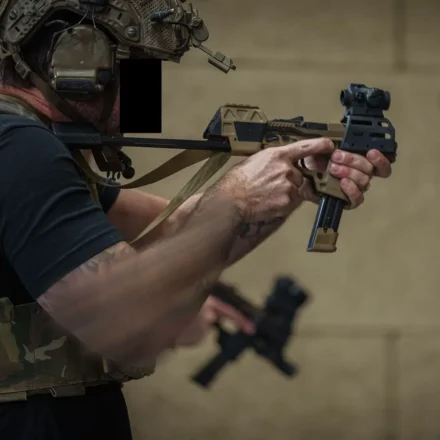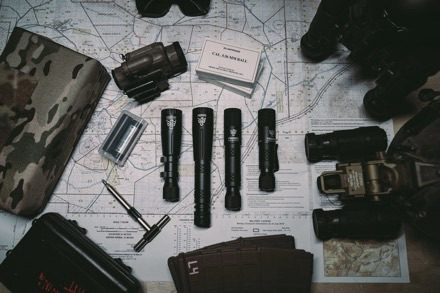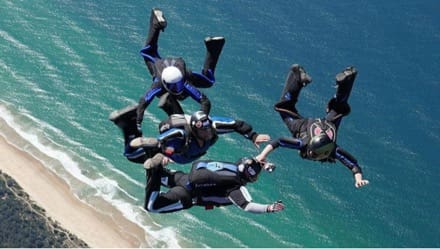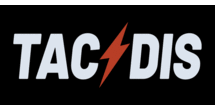What to know
- Nike’s Project Amplify is the world’s first powered footwear system for running and walking, designed to help everyday athletes* go a little bit faster and farther — all with less effort.
- Engineered to augment natural lower leg and ankle movement, the Project Amplify system breaks the perception of possibility by providing an unparalleled boost to anyone who wants to move, creating a new future for running, jogging and walking.
- Still early in testing, Nike is blending art and science to reach performance readiness,working alongside robotics partner Dephy to bring the footwear system to a broad consumer launch in the coming years.
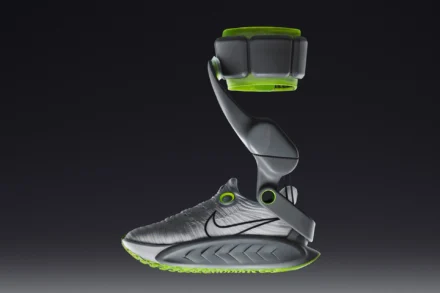
Nike is unveiling Project Amplify: the world’s first powered footwear system for running and walking, designed to help everyday athletes go a little bit faster and farther — all with less effort.
Engineered to augment natural lower leg and ankle movement, the Project Amplify system breaks the perception of possibility by providing an unparalleled boost to anyone who wants to move, creating a new future for running, jogging and walking.
Built on motion algorithms informed by the Nike Sport Research Lab, the first-generation footwear system is comprised of a lightweight, powerful motor; drive belt; and rechargeable cuff battery?that seamlessly integrate with a carbon fiber–plated running shoe that can be worn with or without the robotics system.
This makes it easier for everyday athletes to walk or run more often, for longer amounts of time, while having more fun — adding movement to their lives, extending their walking commute, or helping them to enjoy the run for another mile or two.
Each application reflects Nike’s unmatched commitment to solving problems for athletes, improving their experience and powering the future of sport. What’s more: Project Amplify represents one of four major technological advances Nike is unveiling this month, joining innovations across Air apparel, advanced cooling, and mind science in demonstrating the depth, breadth and impact of the brand’s commitment to athlete-centered innovation.
“Our job is to dream big while keeping athletes at the center,” says Michael Donaghu, VP of Create The Future, Emerging Sport and Innovation. “Project Amplify started with a single question: What if we could find a way to help athletes move faster and farther with less energy and a lot more fun? At its core, Project Amplify is about seamlessly adding a little more power to your stride. The fun comes from realizing you can do more than you thought you could — whatever ‘more’ means to you.”
Akin to how electric bikes have made it easier to ride farther and more frequently, revolutionizing urban commuting, Nike is developing Project Amplify to make slower running, jogging and walking easier and more fun, with a focus on athletes running between a 10- and 12-minute mile pace.
The first-generation product, created alongside robotics partner Dephy, isn’t designed for competitive, faster runners trying to shave seconds off their time; rather, it’s intended to serve athletes who want to go faster and farther with less effort by giving them more power for everyday movement — in effect, a second set of calf muscles.

That approach is backed by insights developed from NSRL testing involving athletes of all abilities and intensities, who have shared that the system feels like it’s part of their body and that it makes walking or running uphill feel like moving on flat ground. For some, wearing Project Amplify helps them go from a 12-minute mile to a 10-minute mile.
These learnings are the product of extensive testing over several years, both in outdoor environments and the NSRL. More than 400 athletes have covered over 2.4 million steps, the equivalent of roughly 12,000 laps around the NSRL’s 200-meter track, in more than nine different versions of the hardware —?each iteration focused on refining a different element of the system.
“Is this new for Nike? Yes and no,” says Donaghu. “It’s obviously a new innovation, but the day Bill Bowerman poured rubber into the family waffle iron was the start of a journey to augment movement and create the future of sport. We’ve always believed movement is medicine, and Project Amplify is the next chapter in that story. It’s a bold leap forward, crossing a new threshold of putting power directly into your stride.”
With Project Amplify still in the testing stage, Nike is blending art and science to reach performance readiness and bring the footwear system to a broad consumer launch in the coming years.
* If you have a body, you are an athlete.
